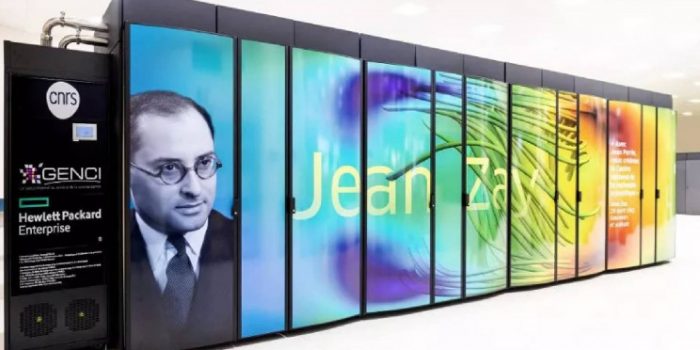The Jean Zay supercomputer in France, one of the world’s most powerful computers and a member of the Top500, is now the first HPC to include a photonic coprocessor, which means it communicates and processes data using light. This is the first time the industry has seen something like this.
In a press release, the company said “LightOn today announces the integration of one of its photonic co-processors in the Jean Zay supercomputer, one of the Top500 most powerful computers in the world.”
Unlike standard processors, which use electricity to transport and process data, LightOn’s photonic coprocessor uses light to communicate and process data. Under a pilot programme with GENCI and IDRIS, the company’s photonics coprocessor was added to the Jean Zay supercomputer, marking not just a technological breakthrough but also a first for the industry.
Since 2018, LightOn’s technology has been used successfully by a community of researchers.
However, over the following few months, its photonic coprocessor will be made available to a small group of Jean Zay researchers who will use it to do research on machine learning foundations, differential privacy, satellite imaging analysis, and natural language processing (NLP) activities.
The Optical Processing Unit (OPU) from LightOn employs photonics to accelerate randomised algorithms on a massive scale, while also functioning in tandem with traditional silicon CPUs and NVIDIA’s latest A100 GPU technology.
According to a 2021 US Department of Energy paper on “Randomized Algorithms for Scientific Computing,” the technique intends to lower total computing time and power consumption in an area that is deemed “important to the future of computational science and AI for Science.”
“Our research is focused today on the question of large-scale learning. Integrating an OPU in one of the most powerful nodes of Jean Zay will give us the keys to carry out this research, and will allow us to go beyond a simple “proof of concept” said Dr. Antoine Liutkus, who is a researcher and was instrumental in integrating LightOn’s compressor with Jean Zay supercomputer.


